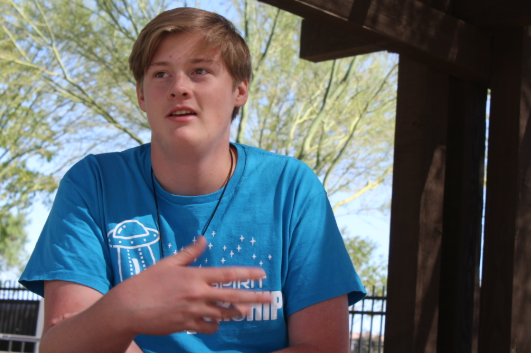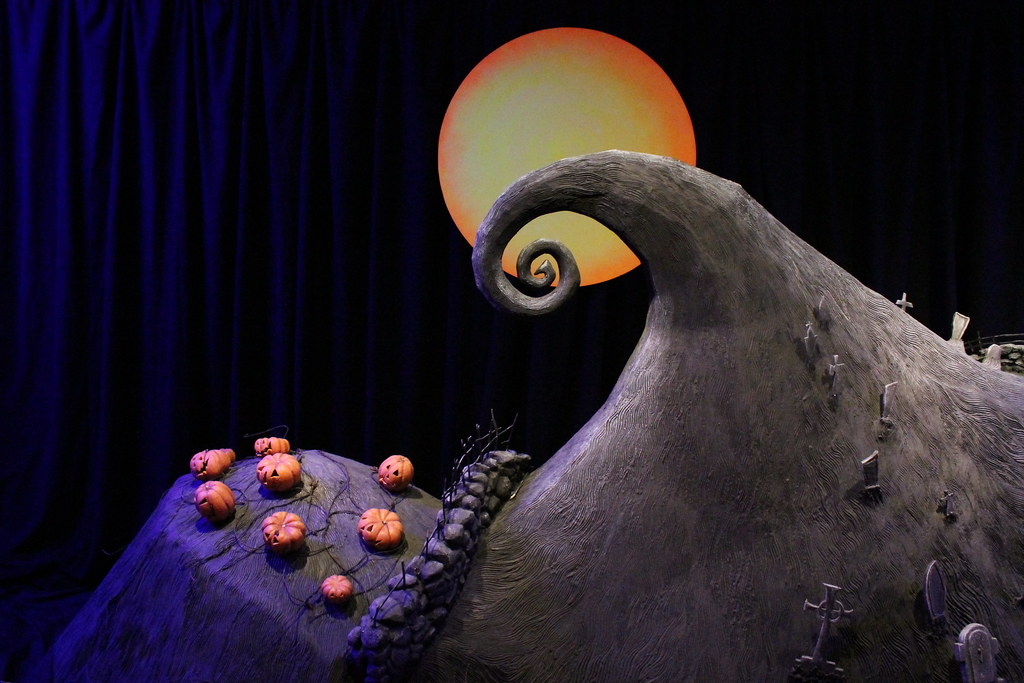“The Nightmare Before Christmas,” directed by Henry Selick and produced by Tim Burton, experienced a unique trajectory, gaining international popularity before capturing the hearts of American audiences thirteen years after its original release in 1993. This article delves into the film’s initial international success, it’s noteworthy production details, and the film’s reception in America.
“The Nightmare Before Christmas” first gained popularity internationally, some of which were in Japan and Spain. However, it took thirteen years for the film to achieve widespread fame in America. The availability of VHS tapes and DVDs played a crucial role in rekindling interest in the movie and “resurrecting” its popularity.
During its initial release, “The Nightmare Before Christmas” received mixed reviews. Some praised its imaginative script but criticized the songs, while others found the plot hard to understand but enjoyed the songs. The film didn’t fit the traditional Disney mold, and its rating was PG which was unusual for a kid’s movie at the time. It was released under Disney’s sister studio, Touchstone Pictures, for slightly older audiences.
In contrast to its initial reception in America, the film was immediately embraced as a family favorite in countries like Japan. This led to the creation of merchandise and appearances by Jack and Sally in various media, Such as the video game series “Kingdom Hearts.” The movie’s popularity also extended to countries like Spain, where it became a cultural Phenomenon.
Recognizing the growing popularity of the film, American companies began manufacturing an array of merchandise, including toys, jewelry, t-shirts, keychains, and beach towels. Although initially released under Touchstone Pictures, Disney eventually reclaimed the film as its own, given its Disney origins. The movie became a centerpiece of Disney’s holiday celebrations, even inspiring the transformation of the Haunted Mansion during the festive season of Disneyland.
While Henry Selick directed the film, it is titled “Tim Burton’s The Nightmare Before Christmas” due to the imaginative concept originating from Burton’s mind. The film showcases Burton’s distinct style and visionary storytelling. Leaving Selick often discredited for his big contributions to the film.
During the Movie’s production, Danny Elfman, who was cast as Jack Skellington’s singing voice and composed the film’s score, stayed at Caroline Thompson’s house. Thompson, the girlfriend of Elfman at the time, eventually joined the team as the scriptwriter. This collaboration between Elfman and Thompson Contributed to the creation of memorable songs and a compelling script.
The stop-motion process for “The Nightmare Before Christmas” involved capturing over 100,000 shots. 200 stop-motion puppets were used throughout the production, with Jack Skellington alone requiring 400 face sculpts to convey a wide range of emotions and expressions.
An alternative ending Idea for the film involved revealing that Oogie Boogie was Dr. Finklestein in disguise, reminiscent of a Scooby-Doo-style twist. However, Tim Burton strongly disagreed with this deviation from the original vision, ultimately leading to the retention of the film’s beloved ending.
“The Nightmare Before Christmas” embarked on a remarkable international journey, finding initial success in countries such as Japan and Spain before captivating American audiences years later. Its unique blend of imaginative storytelling, Memorable songs, and meticulous stop-motion animation has solidified its place as a beloved holiday film. The enduring popularity and global fanbase of “The Nightmare Before Christmas” serve as a testament to the enduring power of Tim Burton’s creativity and the film’s timeless charm.
“The amount of creativity and effort put into the movie still astonishes me,” said Santa Rosa Senior Ben McCauley. “I always love a stop motion film, and can appreciate the hours poured into its production.”






































Rylee Parker • Dec 15, 2023 at 11:09 am
This is so amazing!!